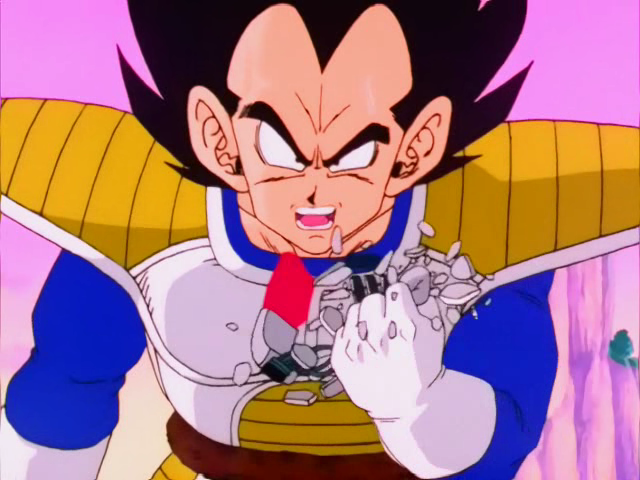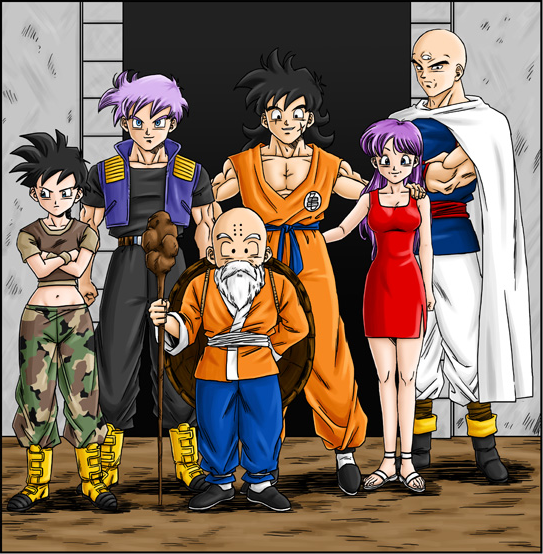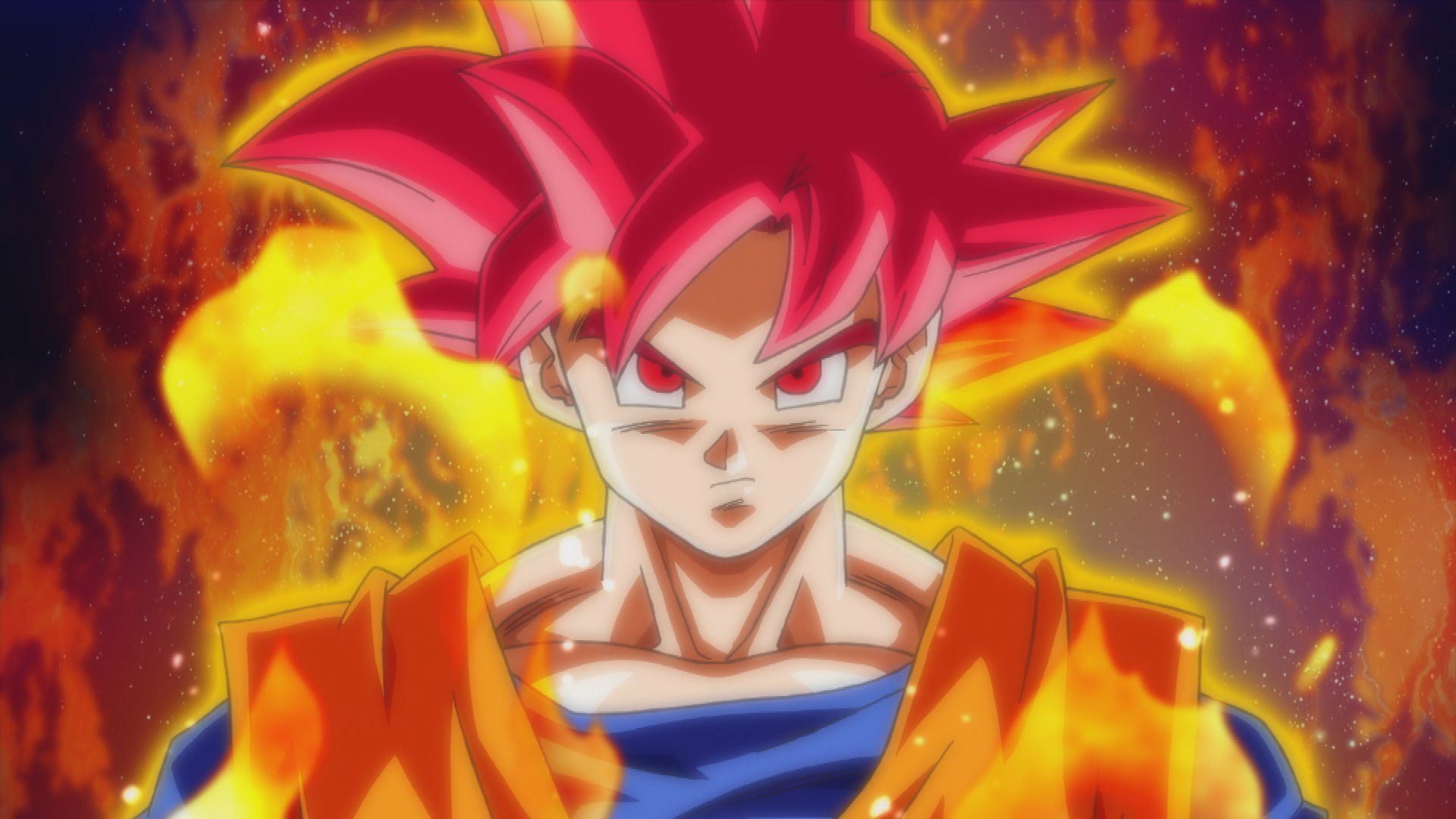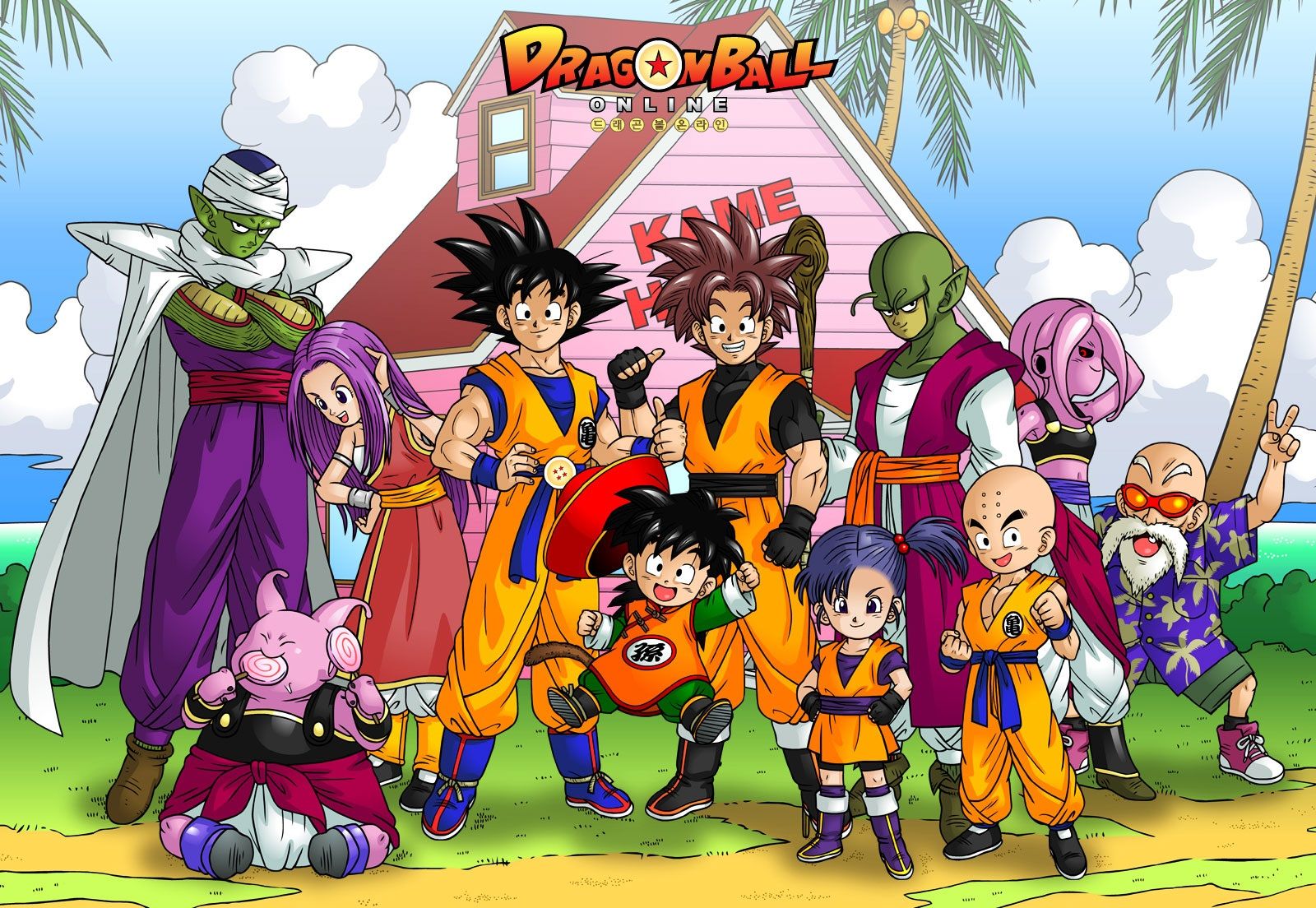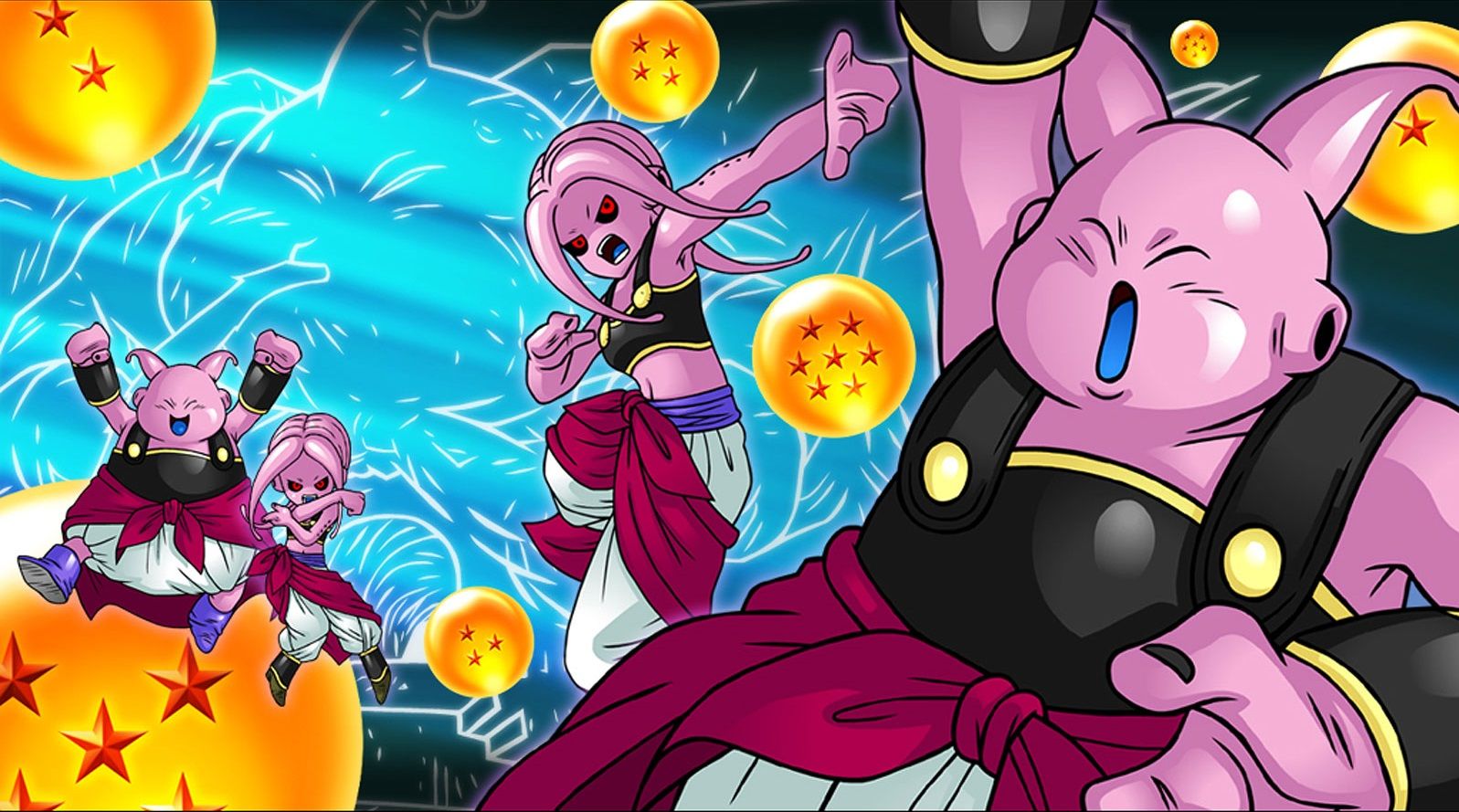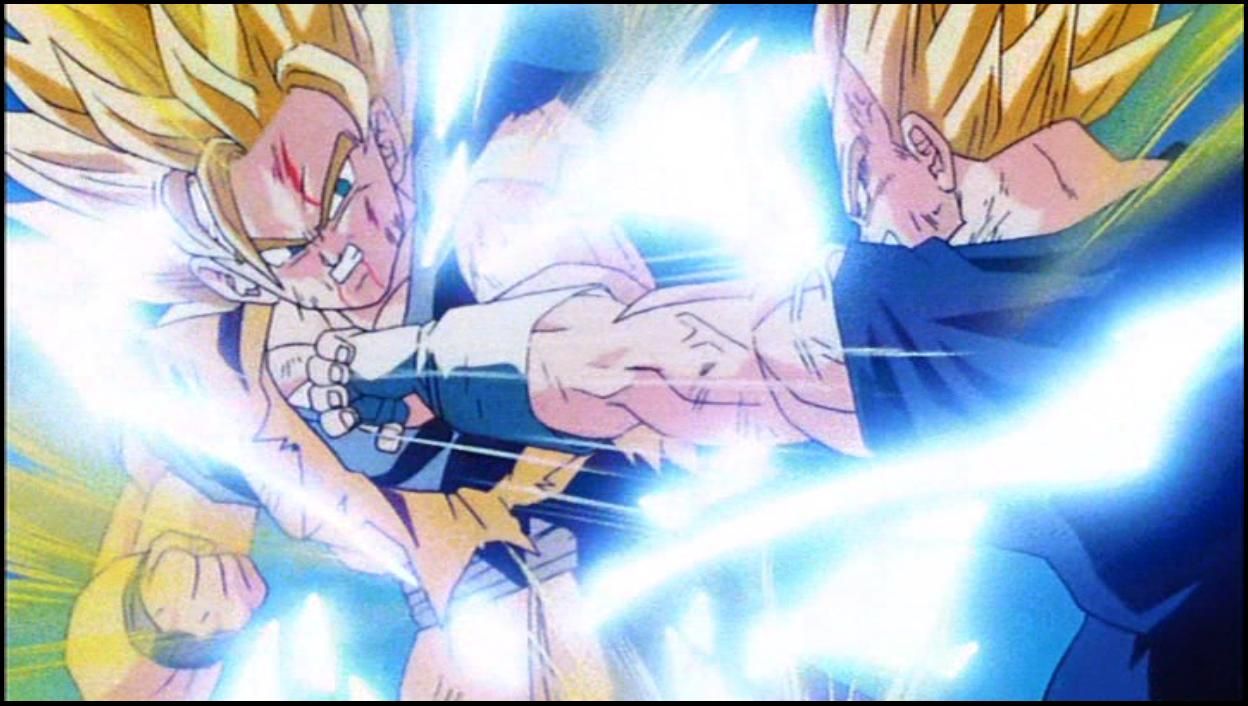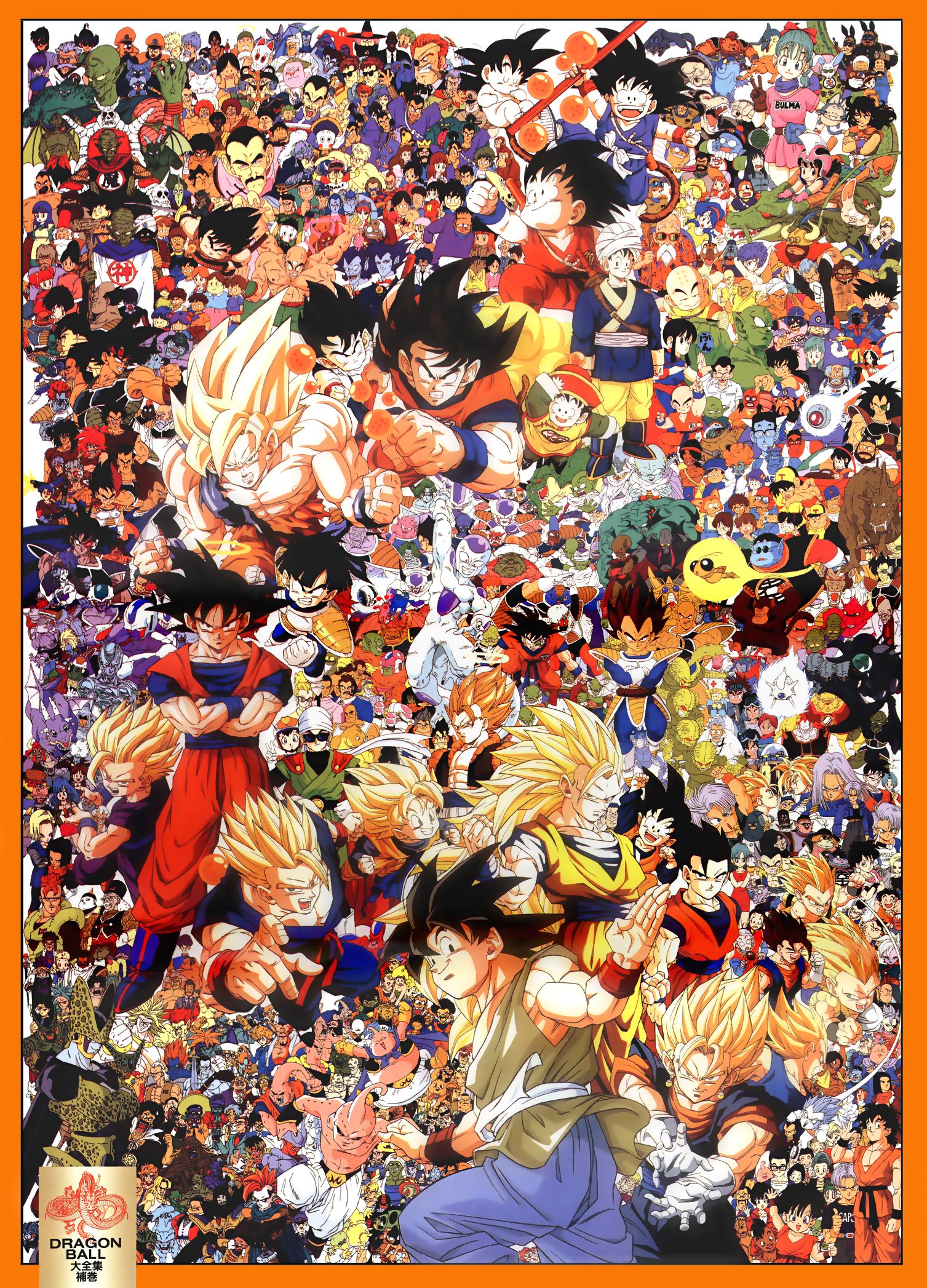The Dragon Ball franchise is in a weird state.
As noted in my review on Dragon Ball Z: Battle of Z, there's something about the franchise that has been able to maintain its rather overwhelmingly large and dedicated fanbase for decades since its debut back in 1984. And yet, the games have always had a hard time of capturing the core of the franchise, of making what could be called the quintessential must-have, be-all, end-all Dragon Ball game, though many have captured a part of it. But there's just something so epic, so grand in scope, that's hard to dissect and contain in one disc, cartridge, cassette and on. At least, so far.
So how do you make the a better Dragon Ball game? What kind of steps can be taken to revive the franchise, to invigorate it, as if resurrected by the dragon balls of game development? And how can future games bring something new to the table?
Do People Even Care Enough?
First, let me get this out of the way: yes, yes they sure as hell do. People care enough. And believe it or not, Dragon Ball, as old as it is and as many times as it's been played, replayed, rerun and adapted, still manages to bring in new fans.
There's old fans that were watching the show back during its maiden run, and a ton of new kids who have gotten into it since, with abridged versions like Dragon Ball Kai, or with collections like the original Dragon Ball Z DVDs. My niece, for example, with no introduction from me, found the franchise on her own and went nuts about it, and has now watched every Dragon Ball movie, played all of the games from the PS3/Xbox 360 era and up, and has been eagerly awaiting more.
But just as much as we fans love the series, the problem with this series is exactly the same thing we love about it: it's same old story, retold a million times, with little change.
Switching Things Up
Ever heard of the free webcomic series Dragon Ball Multiverse?
For those of you unfamiliar with the series, two uber fans -- known as Salagir and Gogeta Jr (the writer and artist, respectively) -- got together and decided to tell a completely original story that considers itself a sequel to the original Dragon Ball and Dragon Ball Z manga. As such, it only considers the manga canon, with a few elements from the standalone movies thrown in here and there (like the inclusion of Broly, because you just can't have Dragon Ball Z without Broly).
This also means that other things like much of the Dragon Ball Z filler arcs and all of the GT series have been excluded, since none of it happened in Akira Toriyama's works, and many fans could care less about their content.
The story starts off with the our Z-fighters -- post Kid Buu victory -- being invited to an interdimensional multiverse tournament hosted by the Vargas, beings who have discovered how to travel into parallel dimensions. Jointly directed by the Vargas and the Namekians and Supreme Kais of their Universe, the strongest beings from twenty parallel worlds have been invited to fight for the glory of being crowned the strongest warrior in all of existence, and to win three wishes from the Namekian dragon balls.
What is so refreshing about the series is that it takes something as simple yet essential to the franchise as a tournament, and uses it as a vehicle for a much, much larger plot, one with room for dozens of smaller individual stories, which the creators have invited their community to help them create.
In this series there are unlimited possibilities to explore: like what a world would be like if the human warriors had to defend the Earth alone without the help of Goku, Vegeta and their progeny; or if Bardock did stop Frieza from enslaving the Saiyans; or if Goku and Vegeta remained permanently fused as Vegito. And when not exploring the various "What If" scenarios in the backstories of the characters, the tournament itself is host to a handful of plots that begin to grow and twist as the story continues.
While I'll get into why this premise would make for a fantastic video game setup in an upcoming article, just the idea of something new could drastically improve the overall reaction to the Dragon Ball franchise. Look at the recent Dragon Ball Z: Battle of Gods movie. Fans were largely interested in a new DBZ feature, and perhaps the only thing lacking in the movie was something truly new. Yes it did introduce a new unstoppable foe with a vastly different origin than most of the series' antagonists, but it was also a little too safe for its own good, relying on the familiar anime formula the series helped popularize.
Big baddie comes, causes trouble, and the fighters come together to face him. Goku is the only one left to save the day, which he does with a new form. Not only is the much-hyped God Mode transformation way, way too similar to Goku's first transformation form, the Kaio-ken, but again Goku's power is so insane that he far outclasses his peers. One of the biggest problems of the franchise is that it's centered so much around grossly overpowered foes and Goku saving the day with impossible odds (and determination!) that the story just takes a backseat to incredibly long battles that are sure to ensue.
The bad guy is evil, Goku is the messianic Superman who dies and resurrects to save the Earth, the Galaxy, the Universe and all of reality, so shut up and watch and enjoy and go to sleep.
Ultimately, starting an alternate timeline (taking a page from other franchises like the Tenchi Muyo animated franchise) or making entirely new characters to follow may be the way to go. Previous games have touched on this with their "What If" scenarios and Ultimate Tenkaichi had a story mode dedicated to a fully customizable protagonist setting off on his own journey, but these efforts were still more of developers retracing the series' footsteps than anything truly and completely new. Perhaps it's time to fully embrace these directions with something fresh.
Getting Back To Its Roots
Just because something's new doesn't mean it can't be a Dragon Ball experience at heart.
Look at Dragon Ball Online. While ultimately not successful, the shortly-lived MMO introduced a new setting and story through a new era, which was a breath of fresh air for most fans who tried it. Helmed by series creator Akira Toriyama himself, the idea behind the game was to bring something completely new but also bring the series back to its roots thematically and tonally.
Without getting into the confusing time travel aspects of the main story, the world was set in an era where much of humanity has become interested in martial arts and the power of ki after Gohan was inspired to write a book called Groundbreaking Science, revealing the secret of his family and allies' power. With this new interest, Krillin opened up the New Turtle School to teach humans how to work together to defeat vastly overpowered foes; Tien opened up the New Crane School to teach others how to channel their ki for precise and powerful energy attacks; and Trunks and Gohan opened the Kikoukenjutsu Sword School based on using inner power to increase speed and accuracy with swords.
Centuries later, and there's also a Saiyan-Human hybrid race, descendents of Goku or Vegeta who have powerful hidden abilities to unlock. The Namekians have since been moved to Earth after a few calamitous encounters in space, and a new race of Buus have developed after Majin Buu created for himself a wife and began to procreate (scary thought, isn't it?).
Not only was this an easy way to create a few races and classes for the game, it was also an interesting way to bring diversity to a largely ignored world. When Dragon Ball started Goku had adventures all over the world with a wide array of characters; from Dragon Ball Z and on, besides the trip to Namek, the world was merely full of potential victims. Background characters were seen for just seconds of an episode, only to be forgotten or used as a means of showing how badass the main villain was.
Dragon Ball Online was full of new character possibilities, and specifically new heroes: players could be Human martial artists like Krillin and Yamcha, Spiritualists like Tien and Chiaotzu, or Engineers like Bulma and her family; Namekians could be healers like Dende, or brutal warriors like Piccolo; the Majin race could be aggressive fighters like Kid Buu, or jovial healers like Majin Buu.
But even beyond the playable characters, the tone itself really harkened back to what was special about Dragon Ball. Where Dragon Ball Z became an endless onslaught of year-long battles against tyrannical foes, and Dragon Ball GT was this sort of Neo-Dragon Ball redux of the series' beginning, nothing can ever replace Dragon Ball's sense of discovery, exploration and adventure.
Dragon Ball Online's setting was full of it, returning to a colorful new world that was full of dinosaurs and evil whacky armies, and a time travel plot that involved fixing errors in time. But instead of constantly revisiting the past, how about just sticking with the future, whether near or distant?
And while spinoff series have not always inspired the same greatness of their predecessors (think Yu-Gi-Oh GXP or some of the Pokemon successors), it would be refreshing to go to a distant age with a whole new world to explore, new terms and settings to learn, new heroes to be made, and new villains to encounter. A game could even expand the cast available in the world with an Android race or the inclusion of other aliens the Z-Fighters have met.
The point is: the series feels stale because there's been little new since the early 2000s or arguably the 90s (one reader on our site, SuperJamaican, even pointed out how Dragon Ball Z: Battle of Z was reminiscent of a little known multiplayer PSOne game called Dragon Ball Z: Legends). Expanding on the things we love like in Dragon Ball Multiverse, or starting somewhere new while evoking what we loved about the past like in Dragon Ball Online could, if done right, give fans something new to embrace and fall in love with.
No matter how good your favorite dish of food is, it won't taste good if you keep eating the same thing over and over without change. But take a little of what you love and add a new spice or side to it, and it gives you both familiarity and the unknown at the same time. Maybe Dragon Ball should bring something new to the table that fans can become feverishly devoted to.
Now What About That Gameplay?
My biggest problem with the anime series is that it went from being about cool fights between people with an incredible range of diverse abilities, to everyone -- good guys and bad guys alike -- doing the same kinds of attacks over and over. No matter the composition, choreography or duration of the battle, it was always the same. The good guys became comprised of just about all Saiyans, whose primary abilities were Kamehamehas. On the villains side you had these impossible-to-kill villains with multiple forms and vast regenerative abilities, who were either made with or could steal the powers of the heroes.
Mix and match, throw in some special effects like blurry battles and nonstop blasting tug-o-wars, and stretch it out for a few months. Not only did this leech away all of the originality and pure spectacle of battles, but it just made it boring and tedious after a while.
It's also what makes the games so hard to properly translate: how do you design a game whose characters are fighting at the speed of light and shooting blasts every five seconds? And how do you properly convey the sense of grandeur, awe and terror with limited controls, graphics and mechanics? How do you keep characters balanced when half are weak, human characters and others are godly behemoths of earth-shattering power?
This is why the video games have always lacked something when trying to find the right mechanics. The Budokai series by the developers at Dimps, for example, was a fast-paced, tactical 2D fighting experience that excelled at player customization with capsules: unlockable skills that could be equipped for a wide range of techniques, stat boosts, and tricks.
Unlike later games which dumbed down customization to simple "+5 Attack" skills, Budokai gamers could equip everything from the Sensu Bean, which could restore entire gauges of health during a fight, to "Frieza's Spaceship," a specialty skill that allowed a player -- upon death when playing as Frieza -- to return with a completely restored life and new skills as "Mecha Frieza." But where it excelled at customization, speed and reflex-based combat, many lamented the lack of controllable flight and the limited 2D scope.
//www.youtube.com/embed/oxr1oiTmxd8?feature=player_detailpage
The Budokai Tenkaichi series by the developers at Spike gave players full 3D control, but could never quite perfect the pacing of fights or the button-mashing quality of melee combat. Getting caught in a combo was one thing; getting out of it was another. Many moves were unlockable or unavoidable, and trying to strategically take advantage of the stage betrayed a weak, superficial perk of having full 3D control. But it was still the most immersive experience of its time, allowing players to transform into Giant Ape form and throw stage-wide blasts.
The Raging Blast games by Spike tried to find a balance but never really crafted a truly perfect experience; their later Ultimate Tenkaichi, attempted a blend of all that came before it, which offered a fantastic cinematic experience but a completely dumbed down rock-paper-scissors fighting experience. It attempted to invite new players but ended up a divisive matter between fans.
The developer at Artdink tried creating classes and massive multiplayer battles with the recently released Battle of Z, but also substituted more nuanced mechanics with simplified controls. It seems that no matter what, there has always been a key component missing that prevented games from being flawless.
This is why returning to the toned-down and well-designed battles of the past could do wonders for the video game franchises (and even the animated series, while we're at it), even if it seems we're at the point of no return. Dragon Ball GT initially attempted something like this, but just went totally off-rails in tone and atmosphere. But the offering of unique and diverse characters is why I think fans always really loved the movies or filler arc tournaments: it gave us new characters with unusual, bizarre and occasionally terrifying abilities, one that took a little less muscle and a little more brain to defeat.
Sure there have been incredibly silly fights in the past: immediately I can think of Krillin fighting Bacterian, a terribly smelly foe he couldn't defeat until Goku reminded him that he had no nose in which to smell Bacterian's stench (and then promptly defeated with his own flatulence). But there were also some fantastic techniques introduced during tournaments earlier in the series that lost their wonder after a while.
As the series dragged on, Tien's blinding Solar Flare technique, Goku's deceptive After Image technique, and Yamcha's precisely-controlled Spirit Ball technique were not only common place amongst heroes and villains alike, but also meant nothing to foes who could destroy entire planets with one finger.
One thing Battle of Z did right was have occasional battles with unique circumstances. Fighting Guldo of the Ginyu Force, for example, involved getting telekinetically frozen every few seconds. That is, until players concentrated their efforts on him, and upon defeating him moved on to destroy his minions. Finding ways to make each battle fun and challenging -- without just making enemies shoot stronger and bigger blasts -- is what really makes a game feel unique.
A reoccurring battle in most games is getting a Goku's heart disease or a Yakon-stipulation thrown up, which drains health or energy during combat, forcing players to defeat their foes before time defeats them. Creating a new setting and narrative as discussed above allows for this kind of development, since designers can create new characters from scratch with a wide scope of characteristics and challenges.
More Characters
(Note: Image provided by Dragon Ball Wiki.)
This is something that probably doesn't even have to be encouraged, since most series within the Dragon Ball Z video game franchise follow a distinct, simple cycle.
The first game always starts with the minimum amount of important Z-characters from the various sagas, sometimes a little more -- like Broly included in practically every game in the 2000s and on, and Bills included in Battle of Z. By the first sequel there's an expanded cast, typically giving us more movie villains like Bojack and Janemba. And then by the third we're dipping into the pool of random extra characters, like Frieza's lower tiered warriors and that guy from that film that you only sort of remember. Then a new series pops up just in time to start the cycle all over again.
Again, introducing a wider cast with a wider range of diversity could help improve gameplay, putting more of an emphasis on strategy than the typical Fourth of July blast-offs spectaculars battles have become. Most of the time the larger rosters have just been used to maintain the illusion of expansion and to provide fan service. But sometimes it's allowed for interesting differences.
The Budokai Tenkaichi series, for example, had a pretty fantastic range of characters by the third game. Master Roshi and Grandpa Gohan, Goku's mentors and father figures, could only float in the air temporarily, limiting the freedom of movement most other characters enjoyed, but having strong melee attacks.
The aforementioned villain Janemba, appropriate to his movie origin, was the only character who began in a giant form before powering up into a smaller but deadlier form. And then there's Dr. Wheelo from World's Strongest, Fasha from Bardock: The Father of Goku, and the array of Dragon Ball characters like General Blue, Arale, Nam, Devil Man and many, many more who made it into the game.
Again, this doesn't have to be encouraged (because it's inevitable) but it'd be great if characters are given stronger tactical differences. Ebifurya, one of Dr. Wheelo's three bio-warriors from World's Strongest, has the ability to freeze his victims; his partner Kishime could use electric whips to shock enemies and could teleport somehow; their final comrade, Misokatsun, could absorb and reflect blasts through his extreme flexibility and putty-like body; and their creator, Dr. Kochin, had a cane that could release gigantic blasts of energy and a cybernetic hand that could become a Gatling gun.
All of these characters would be great as enemies in any game, and would make for a challenging multiplayer battle for a game like Battle of Z, with each character a unique Interfere-type crossed with Melee and Ki-Blast-type.
Expanding the cast is one thing: making them feel truly unique is another.
Final Word
I think it's safe to say that a good portion of the world's population are Dragon Ball fans. I don't care if I currently don't have any statistical evidence to back that up, because I just know there are tons of people out there who cherish the innocent adventures of young Goku, who later lived for "THE NEXT EPISODE OF DRAGON BALL Z" that the narrator promised us at the end of every single show, and even those who enjoyed the wildly different approaches Dragon Ball GT took in trying to bring something new to the series.
Unfortunately, there is also a huge proportion of those fans who have gotten tired of reliving the same exact stories over and over again for three decades, and are ready for something else to come along in the series.
There's something about the franchise that really calls to mind the epics and legends that civilizations the world over told and passed down over the ages, a familiar story that everyone knows and can recite nearly word for word. And some of that template that Dragon Ball has inherited has directly inspired the storytelling of other manga and anime, like Bleach and Naruto, similar to how Journey to the West -- the story Dragon Ball was loosely based on -- inspired many stories in both Eastern and Western literature.
And there's truly something about using the video game medium to continually explore this much beloved world, which seems as challenging and rewarding as the battles fought by its characters. Some of it is due to the technical restraints of any given generation of consoles and PCs, some of it is bred from the inherently difficult task of bringing something so immense into a limited medium in the first place. But there has to come a time where big steps are taken to do something extraordinary with the franchise and its characters so that it doesn't just begin to fade from glory into obscurity.
Let's retire the story we've been retelling over and over again and start anew. Let's explore a new realm of possibilities and rebuild mechanics from the ground up.
Let's find a way to make Dragon Ball genuinely exciting again.

